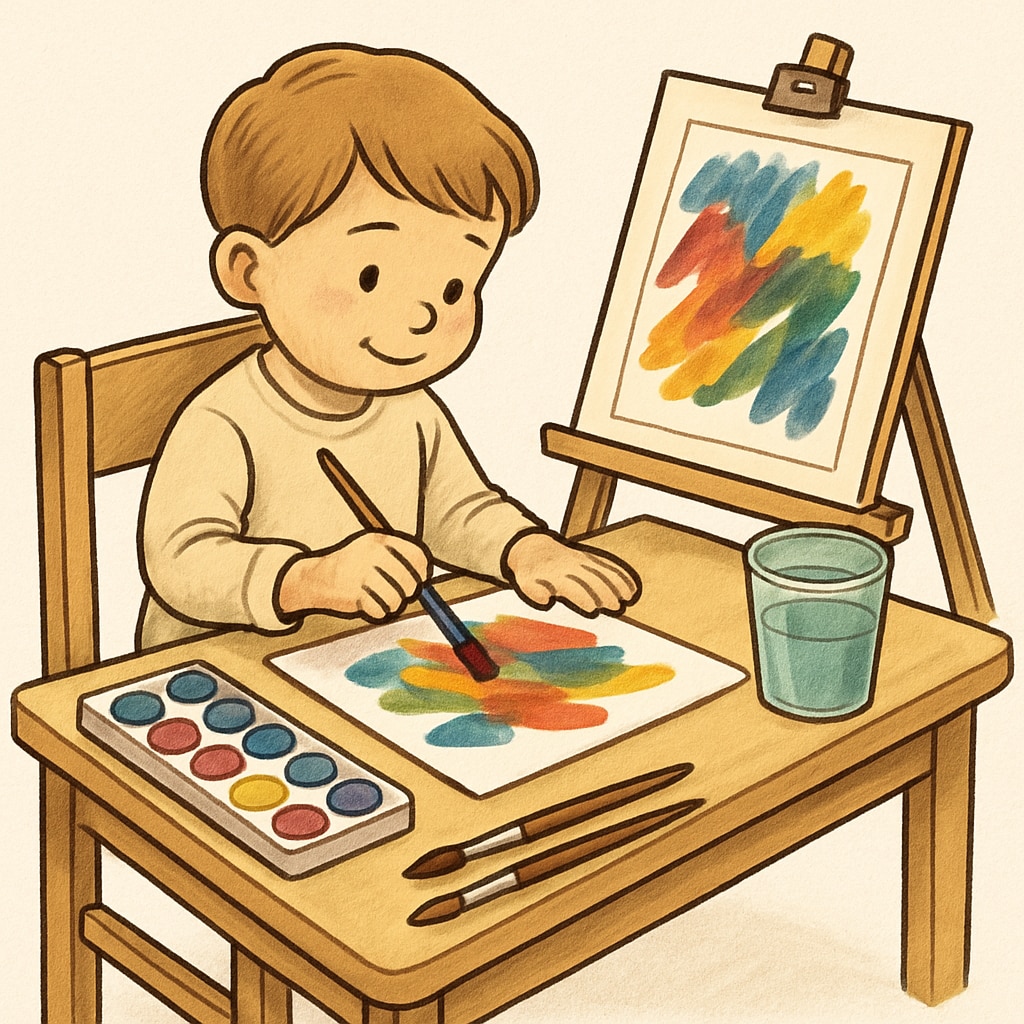For highly creative four-year-olds, traditional educational approaches often fail to ignite their passion for learning. These children require a more flexible, customized environment that nurtures their imagination and fosters their unique talents. Finding the right educational choice for a young learner who thrives outside conventional methods can be challenging, but it is essential for their growth. In this article, we will explore innovative ways to support their creative spirit while ensuring a well-rounded development.
Understanding the Needs of a Creative Four-Year-Old
Four-year-olds brimming with creativity often possess a unique perspective on the world. They may prefer exploring through storytelling, building, or artistic expression rather than sitting in a structured classroom. Recognizing their needs is the first step in creating an educational environment that aligns with their personality.
- Curiosity-driven learning: Creative children are naturally curious and thrive when allowed to explore topics of interest.
- Hands-on experiences: Activities that involve building, crafting, or experimenting can keep them engaged and excited.
- Flexible structure: A rigid curriculum may stifle their imagination, so a balance between structure and freedom is ideal.
By understanding these core requirements, parents and educators can craft an approach that nurtures both creativity and foundational skills.

Exploring Alternative Education Models
When traditional schooling doesn’t align with a child’s needs, alternative models can provide a better fit. Below are some educational approaches tailored to highly creative four-year-olds:
1. Montessori Education
Montessori schools emphasize hands-on, self-directed learning. This method allows children to explore subjects at their own pace, which can be ideal for a creative child. With a focus on practical life skills and artistic expression, they can thrive in this environment. Learn more about Montessori education on Wikipedia.
2. Reggio Emilia Approach
The Reggio Emilia approach views young children as capable individuals with the ability to direct their learning. Projects are often child-led, fostering deep engagement and encouraging creativity. This model is particularly effective for children who enjoy storytelling, building, and group collaboration.
3. Homeschooling
Homeschooling allows parents to tailor lessons based on their child’s interests and strengths. For creative four-year-olds, it opens opportunities to integrate art, music, and hands-on projects into daily learning. Parents can also include outdoor activities and field trips to keep the experience dynamic.
4. Play-Based Education
Play-based learning environments focus on exploration and imagination. Through play, children develop critical thinking, social skills, and creativity. An example might include using building blocks to explore engineering concepts or creating stories through role-play.

Balancing Creativity with Foundational Skills
While it is crucial to nurture a child’s creativity, it’s equally important to build foundational skills such as literacy, numeracy, and social development. Here’s how parents and educators can achieve this balance:
- Integrate creativity into academics: Use art, music, or storytelling to teach concepts like math and reading.
- Encourage collaborative projects: Activities that involve group work help develop communication and teamwork skills.
- Set achievable goals: While allowing freedom, provide gentle guidance to ensure progress in essential areas.
By combining creative exploration with structured learning, children can develop holistically while staying true to their passions.
Conclusion: Tailoring the Path to Success
Every child is unique, and for a highly creative four-year-old, education must be as dynamic as their imagination. By exploring alternative education paths such as Montessori, Reggio Emilia, or play-based learning, and by striking the right balance between creativity and foundational skills, parents can provide an environment where their child’s potential can truly flourish.
For parents seeking guidance, the journey may require trial and error, but the reward is seeing their child grow into a confident, imaginative, and capable individual. As a result, the right education choice can unlock their genius within and set them on a path of lifelong learning.


